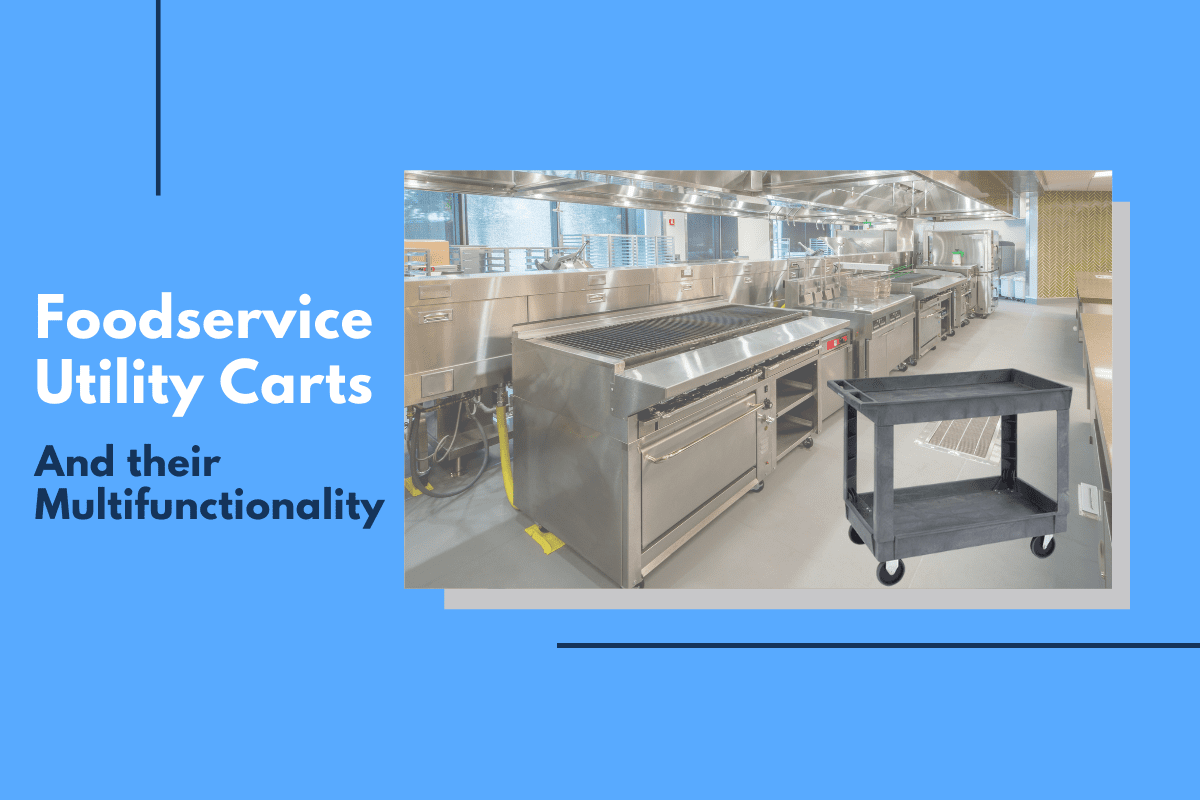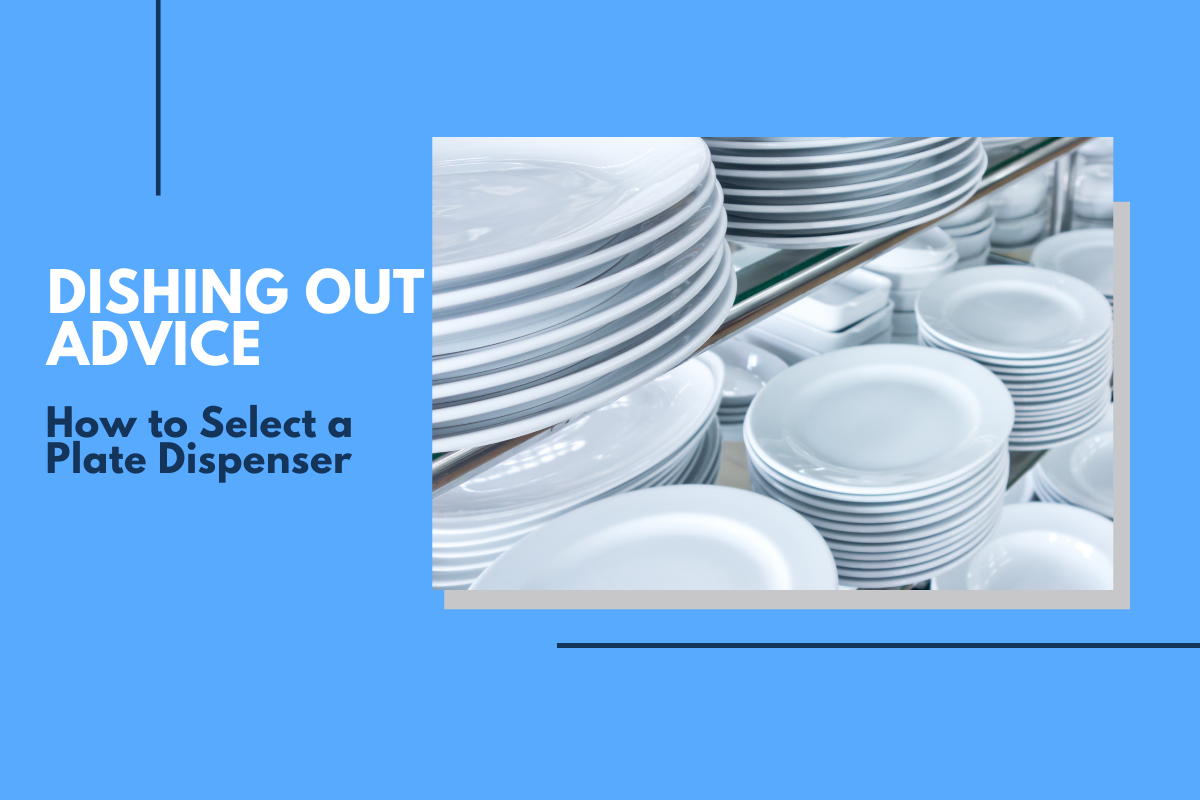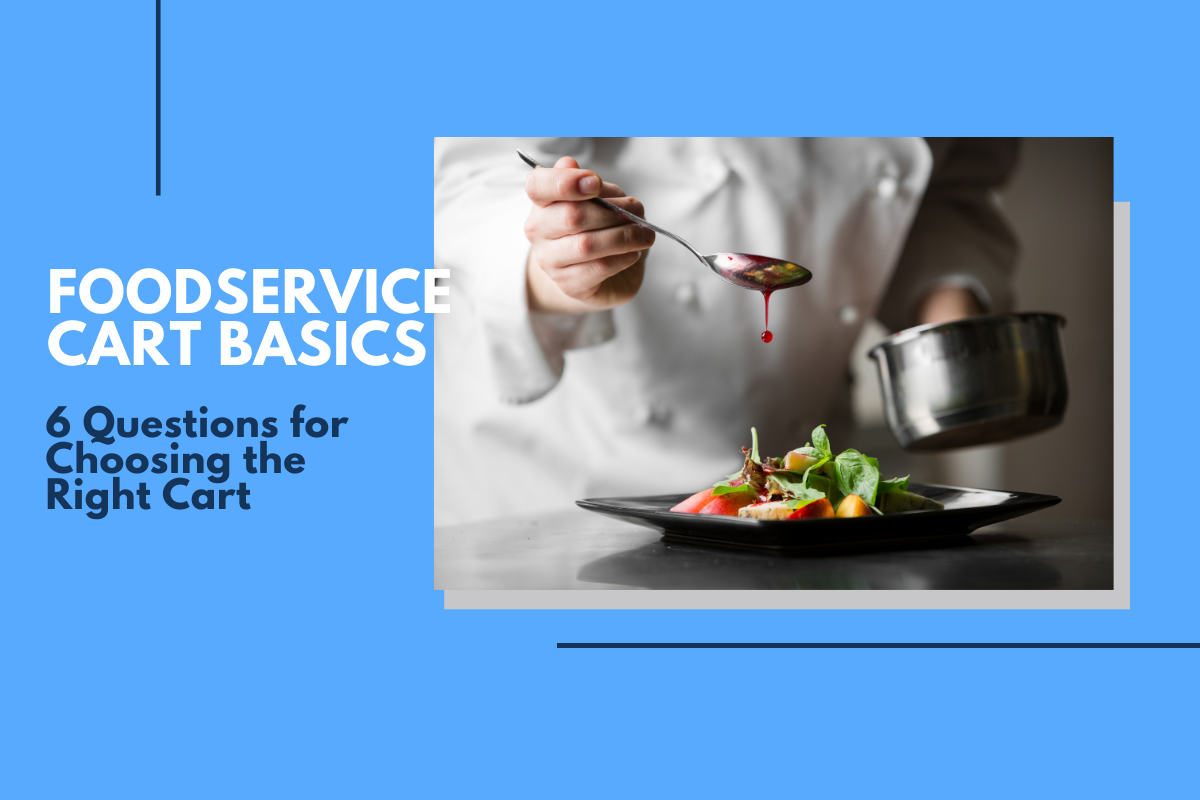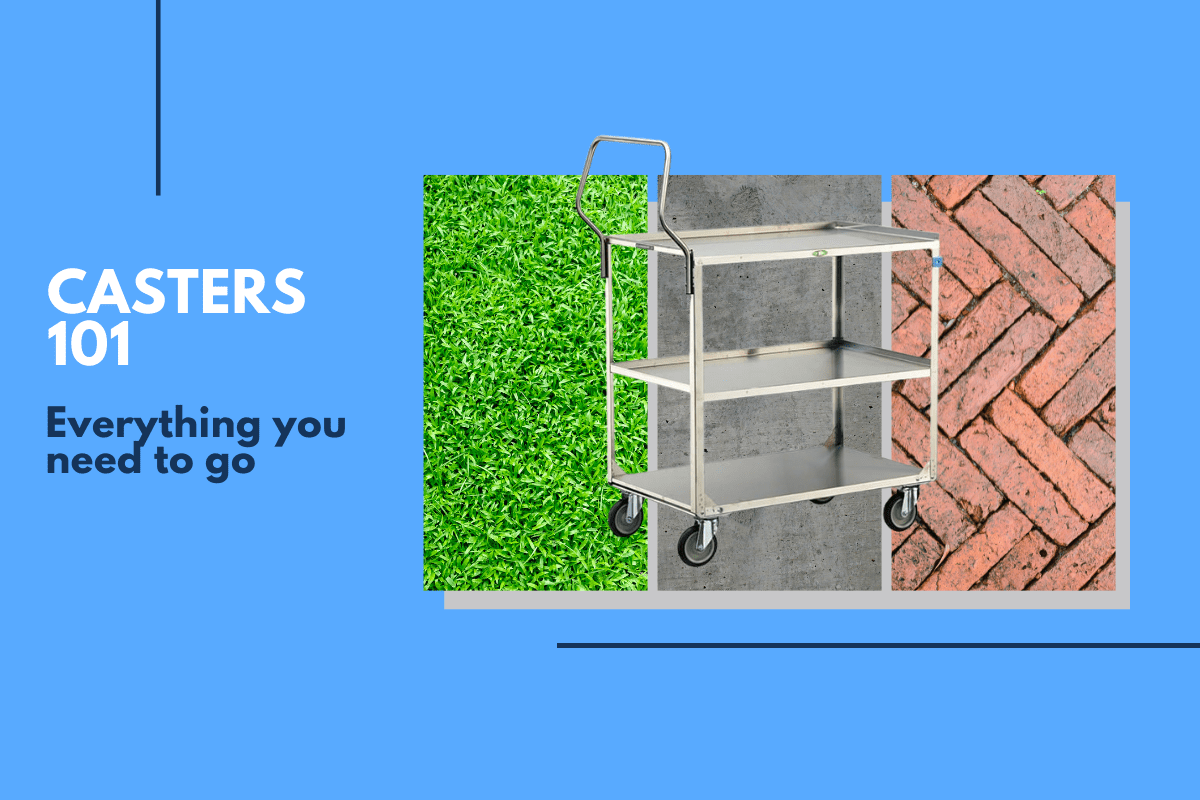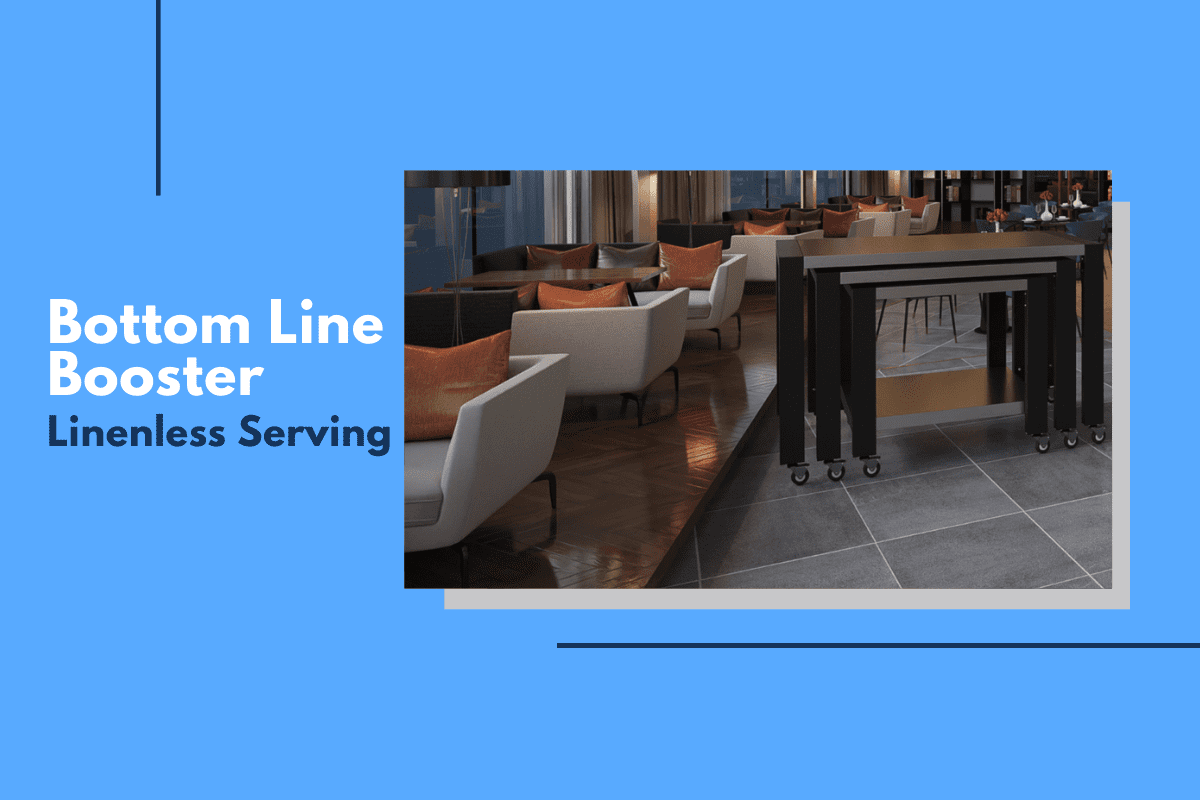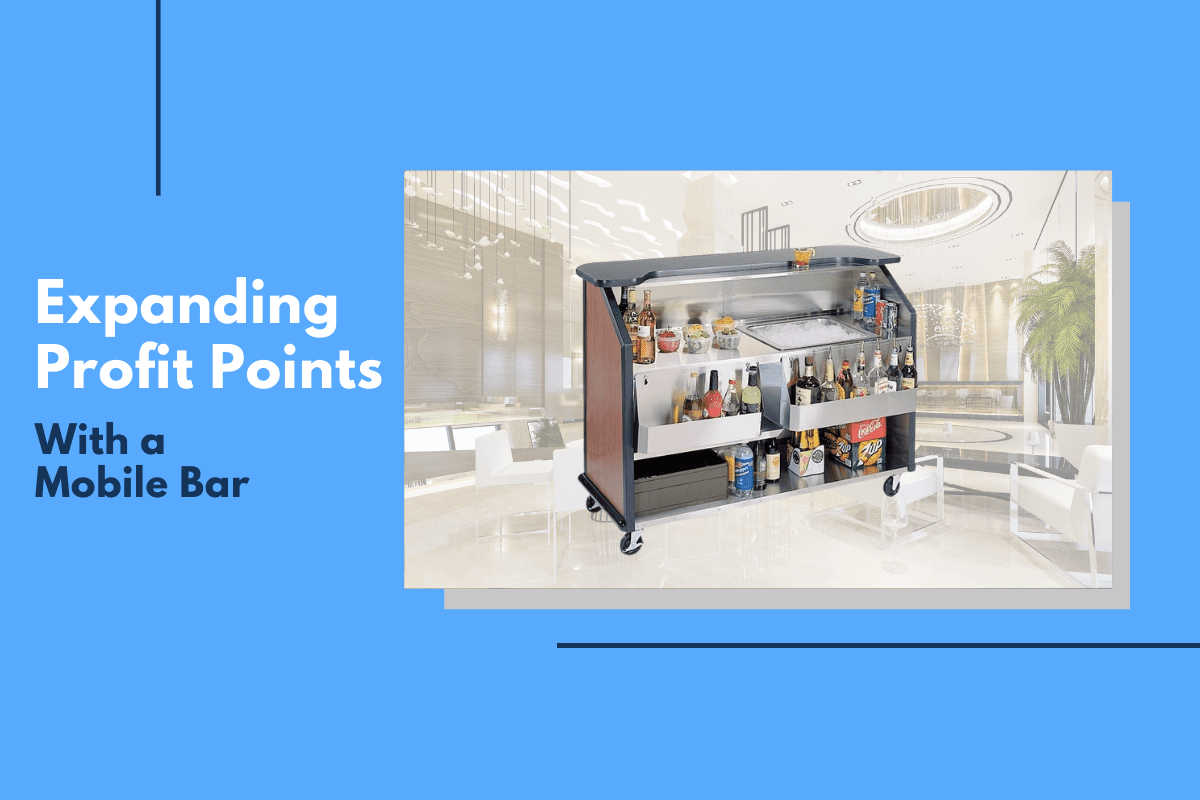
It’s already been well established that bar and beverage service is often the most profitable part of any foodservice operation. In fact, estimates vary between 30 and 40 percent of a restaurant’s profits can come from alcohol sales depending on the source, so having the ability to move those points of service can underscore the fact that there’s hidden revenue in a portable bar. But why?
Mobile bars are certainly profitable because they can expand service areas, but the reality is there’s more to it than just mobility. Mobile bars offer a wide range of benefits that can not only improve the bottom line for operators, but they can enhance the guest experience, as well.
Let’s take a look at some of the basics in mobile bar profitability.
PROFIT FROM MORE POINTS OF SERVICE.
This is the easy one. When the actual bar can be moved from point A to point B, that means point B can now be a profit center. Before it was just a small section of the restaurant patio or the far side of the hotel pool deck, now it’s a place where operators can encourage guests to gather and spend.
PROFIT FROM MENU EXPANSION.
Mobile bars also offer the ability to segment the types of beverages being served from one location to the next. Consider a wedding reception, for example. While the full bar might reside inside the ballroom, a mobile bar situated outside on a veranda can be dedicated to champagne service or even a special, signature cocktail from the bride and groom.
PROFIT FROM CROWD CONTROL.
This is similar to benefiting from additional points of service, but there’s another level of thinking as it relates to crowd control. When operators have the ability to space service out of the entire footprint of the service space, crowds can be easily dispersed reducing crowding.
PROFIT FROM SPEED OF SERVICE.
When crowds are more evenly dispersed, it will inevitably lead to reducing wait times at the bar. The bars themselves can also help increase the speed of service. Just like in the back of the house, a bar should operate in a mise en place style where everything is readily accessible, reducing the time it takes to make a particular beverage.
Build the right mobile bar with Lakeside.
Lakeside has a full line of mobile bar solutions that can help take your beer, wine, and cocktails to another level by moving them to another location. Learn more by reviewing our mobile bar series today.


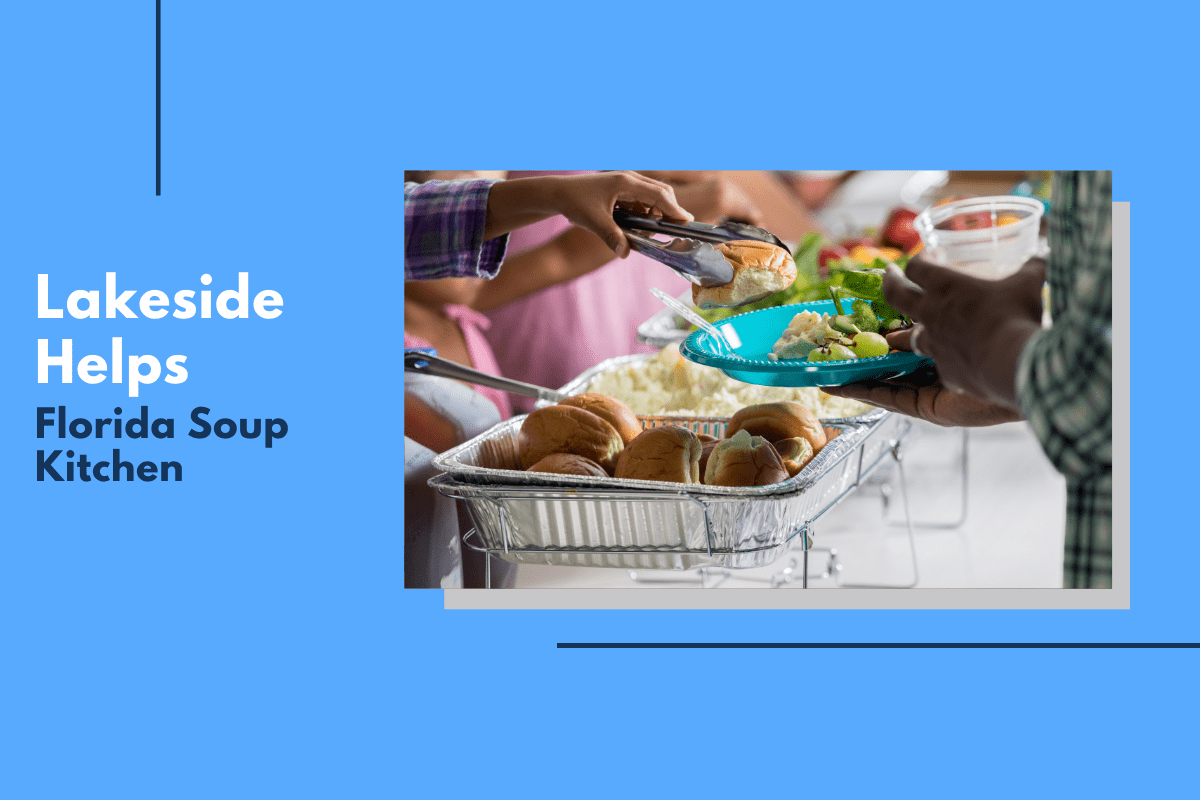
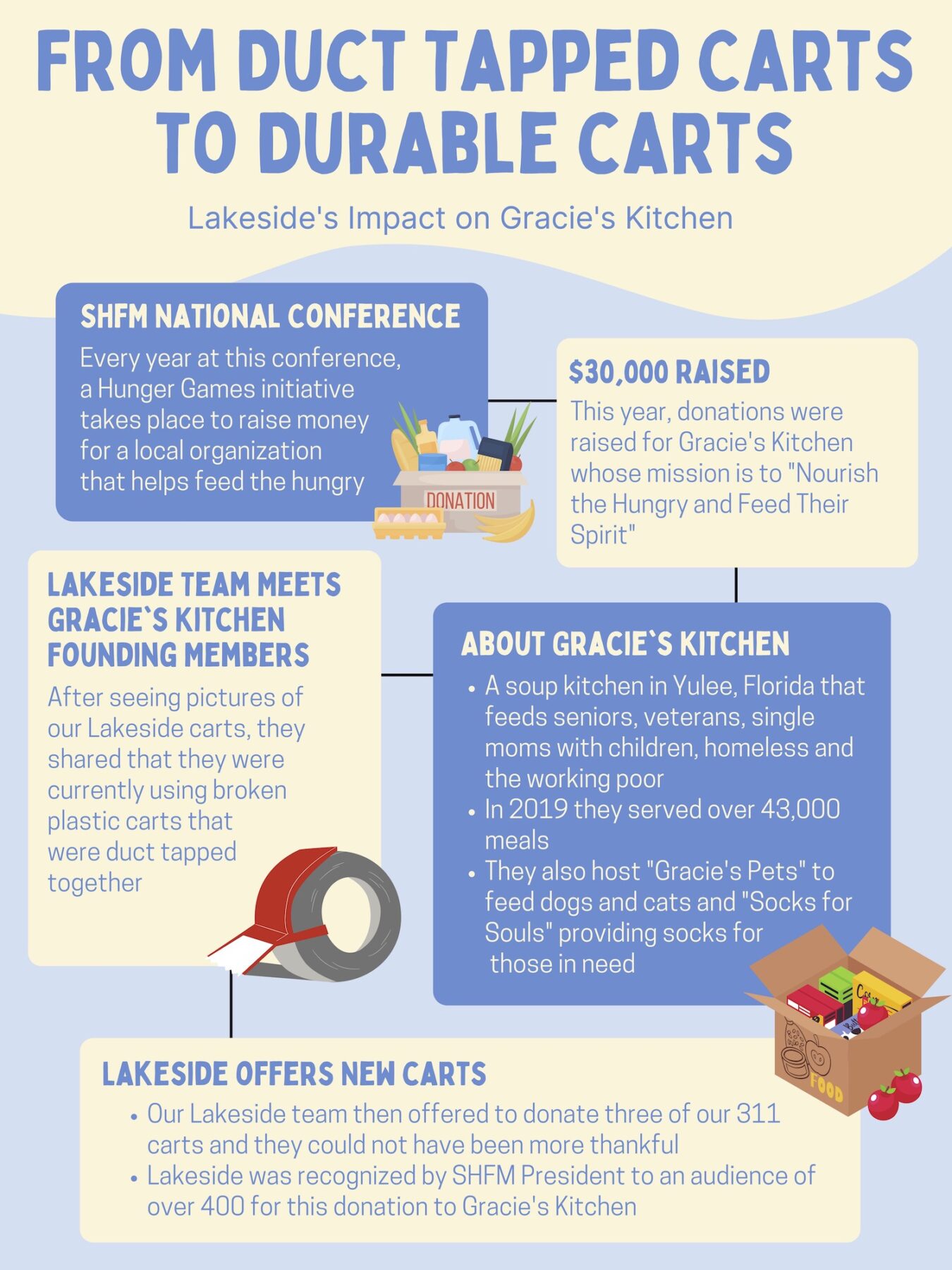
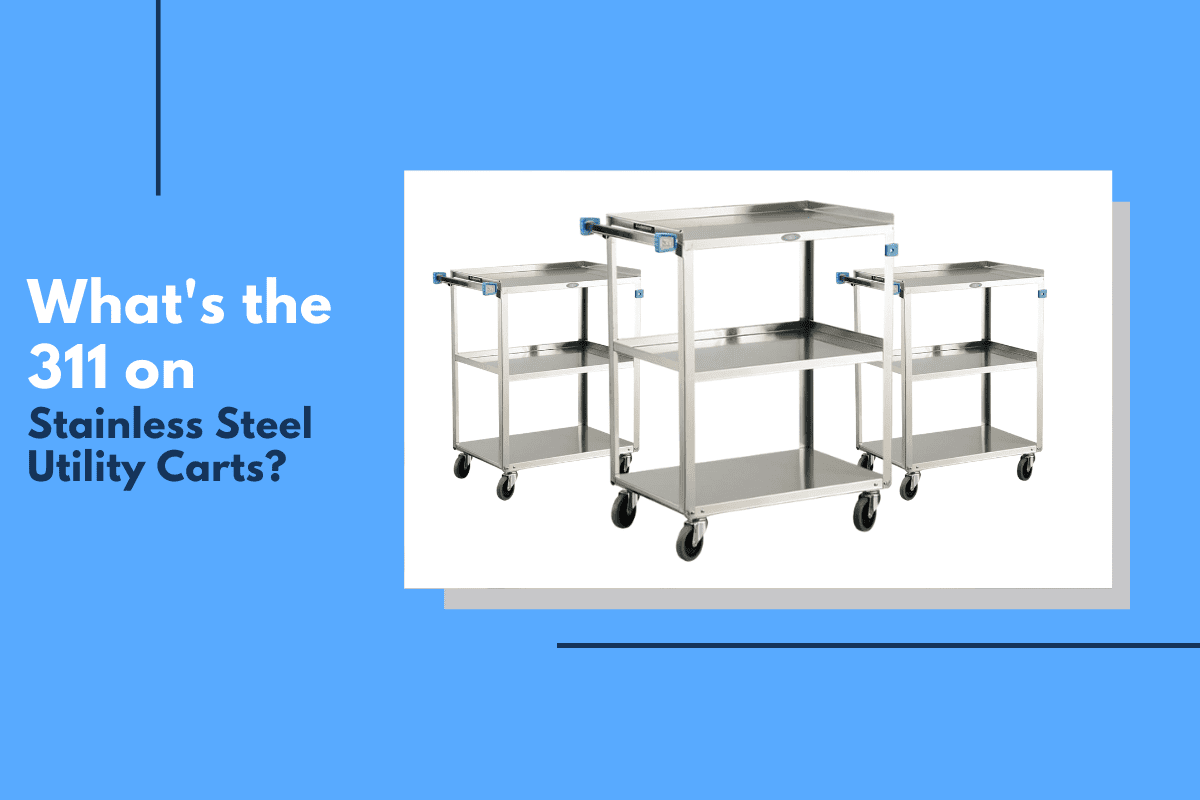
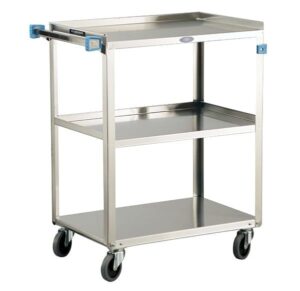 The
The 